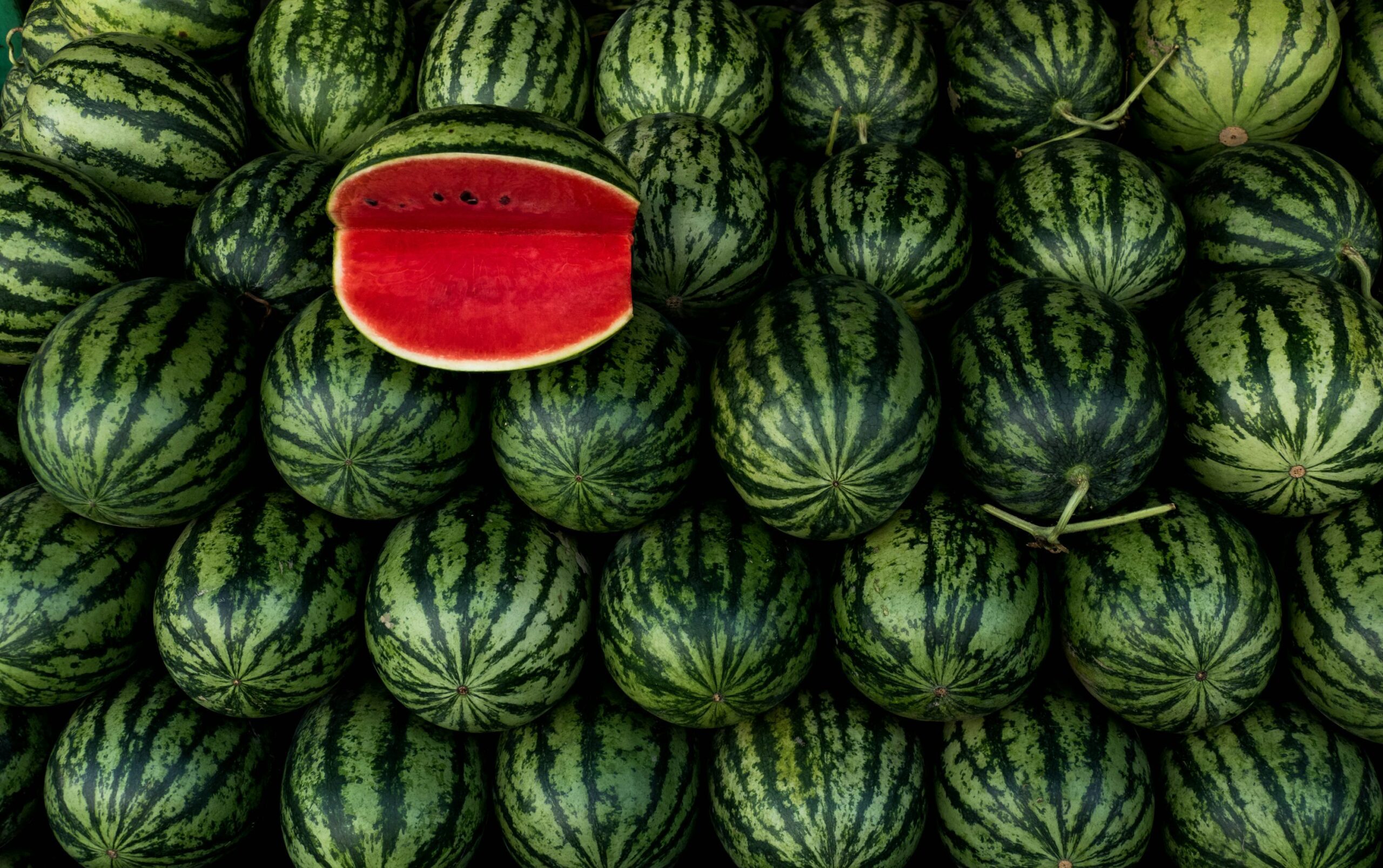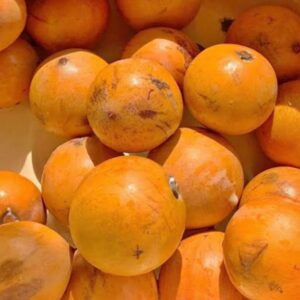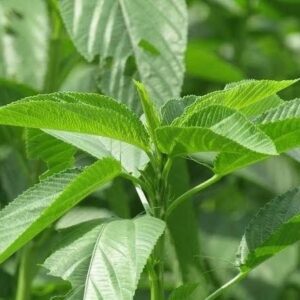Description
Watermelons are large, juicy fruits known for their sweet, refreshing taste and high water content. Here’s a detailed description:
Appearance
-
Exterior: Watermelons have a thick rind that is typically green with darker green stripes or spots. The rind is hard and not usually eaten.
-
Interior: The inside is most often bright red or pink with numerous black seeds (although seedless varieties are common). Some varieties may have yellow or orange flesh.
Taste and Texture
-
Taste: Sweet and mildly fruity with a clean, refreshing flavor.
-
Texture: Crisp and watery, especially when freshly cut. The flesh breaks easily and is very juicy.
Nutritional Value
-
Hydration: About 90–92% water, making it excellent for hydration.
-
Nutrients: Contains vitamin C, vitamin A (from beta-carotene), potassium, and antioxidants like lycopene.
-
Calories: Low in calories—typically about 30 calories per 100 grams.
Types of Watermelon
-
Seeded: Traditional variety with black or brown seeds.
-
Seedless: Bred to have few or no mature seeds.
-
Mini or Personal: Smaller in size, ideal for individual consumption.
-
Yellow/Orange Flesh: Varieties with different colored interiors and a slightly different flavor profile.
Uses
-
Commonly eaten fresh in slices or cubes.
-
Used in fruit salads, smoothies, and drinks.
-
Rind can be pickled in some cuisines.
-
Juiced or made into sorbets and desserts.






